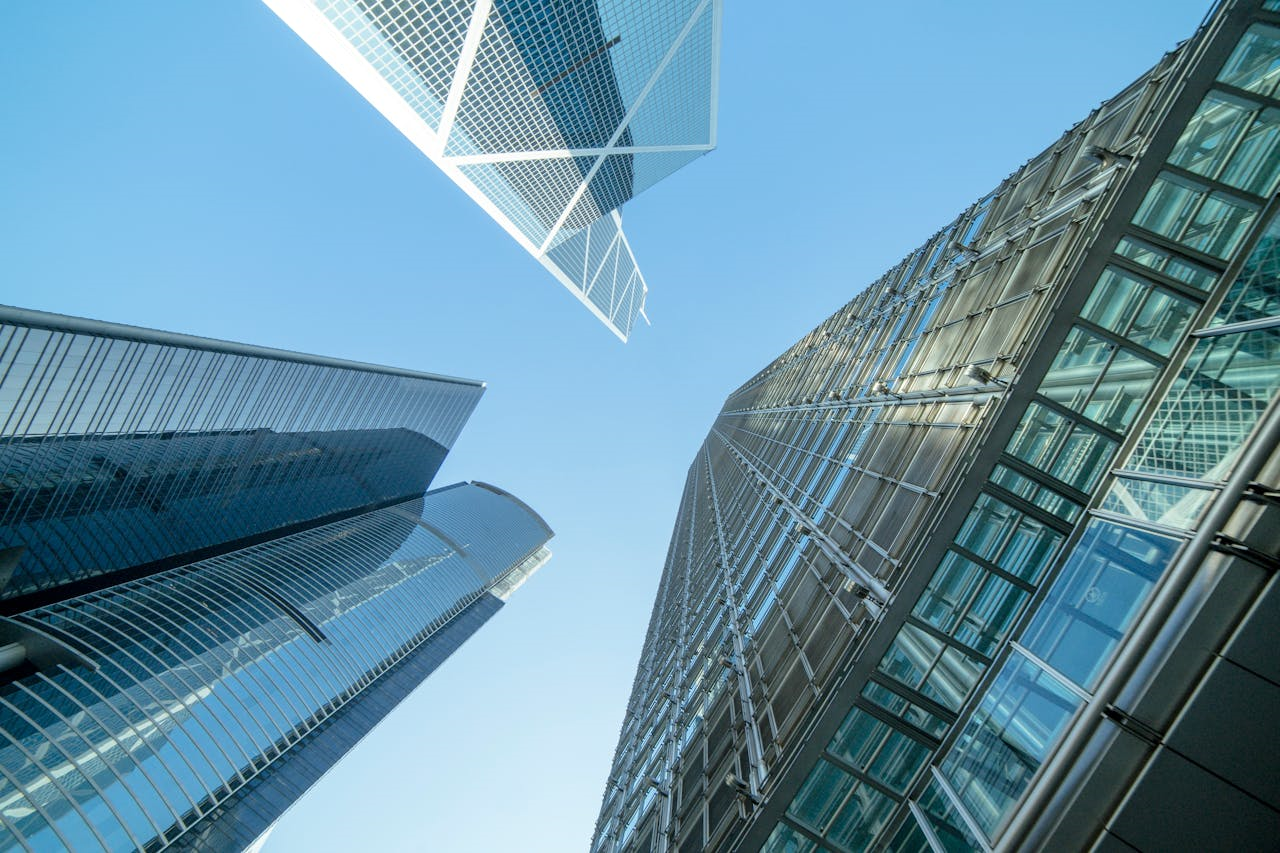When it comes to designing a new office building, it’s essential to strike the right balance between functionality, aesthetics, and sustainability. A well-designed office can boost productivity, attract top talent, and reflect your company’s values. Incorporating these elements into your design can create an environment that meets the needs of your employees and leaves a lasting impression on clients and visitors. As you embark on this exciting journey, consider these eight design features that will set your office building apart.
1. Flexible Workspaces
The modern workforce values flexibility and your office design should reflect that. Consider open floor plans that can be easily reconfigured for different purposes. Incorporate movable walls, modular furniture, and multipurpose areas to accommodate changing needs. This adaptability will ensure your office remains functional and relevant in the ever-evolving business landscape. Additionally, providing a variety of seating options, such as standing desks and lounge areas, can cater to different working styles and promote employee comfort.
2. Natural Light and Views
Ample natural light and access to outdoor views can significantly enhance the well-being and productivity of your employees. Design your office with large windows, skylights, and glass partitions to maximize daylight exposure. Position workstations and common areas to take advantage of the best views, creating a more pleasant and inspiring work environment. Consider using light shelves and reflective surfaces to distribute natural light more evenly throughout the office, reducing the need for artificial lighting.
3. Green Spaces and Biophilic Design
Integrating nature into your office design can boost morale and reduce stress. Incorporate elements of biophilic design, such as indoor gardens, living walls, and water features. Using natural materials like wood and stone in your interior design can further enhance the connection to nature. These green spaces not only improve air quality but also add aesthetic value to your office, making it a more inviting place to work. Ensure that these natural elements are easily accessible and visible from various areas in the office to maximize their positive impact on employee well-being. In the Green Belt and Surrey area, TN Design and Build are one of the best design and build companies you’ll find – find out more on their website.
4. Energy Efficiency and Sustainability
Sustainable design is not only good for the planet but also your bottom line. Work with commercial architects in Colorado to incorporate energy-efficient features, such as LED lighting, solar panels, and smart HVAC systems. Choose sustainable materials and consider green certifications like LEED to demonstrate your commitment to environmental stewardship. Implementing motion sensors and automatic shut-off systems can further reduce energy consumption. Additionally, designing with natural ventilation and passive solar heating in mind can decrease the reliance on mechanical systems, enhancing sustainability.
5. Collaboration and Social Spaces
Fostering collaboration and social interaction is key to a thriving office culture. Design your office with communal areas such as lounges, coffee bars, and breakout spaces where employees can gather and exchange ideas. These areas should be comfortable and inviting, encouraging informal meetings and creative brainstorming sessions. Including writable walls or interactive digital displays can facilitate collaboration and idea sharing. Make sure these spaces are easily accessible and centrally located to promote more frequent use and interaction among team members.
6. Technology Integration
In today’s digital age, your office building should be equipped with the latest technology to support efficient work processes. Plan for ample power outlets, high-speed internet connectivity, and seamless integration of audio-visual equipment. Consider incorporating smart building technology for better control over lighting, temperature, and security. Wireless charging stations and advanced conferencing systems can further enhance productivity and convenience. Make sure that your IT infrastructure is scalable to accommodate future technological advancements and growth.
7. Branding and Identity
Your office building is an extension of your brand, so its design should reflect your company’s identity and values. Use your brand colors, logos, and motifs throughout the office to create a cohesive look and feel. This visual branding will reinforce your company culture and leave a lasting impression on visitors. Incorporating storytelling elements that showcase your company’s history or achievements can also deepen the connection between your brand and your employees. Keep branding consistent but not overwhelming to maintain a professional atmosphere.
8. Health and Wellness Features
Promoting health and wellness in the workplace is crucial for employee satisfaction and productivity. Design your office with features that support physical and mental well-being, such as ergonomic furniture, fitness centers, and quiet zones for relaxation. Providing access to healthy food options and encouraging active transportation can also contribute to a healthier work environment. Consider implementing wellness programs or activities, such as yoga classes or meditation sessions, to further support employee well-being. Create an office layout that promotes movement and interaction to reduce sedentary behavior and foster a sense of community.
Conclusion
Designing your next office building is an opportunity to create a space that meets the needs of your employees and reflects your company’s values. By considering these eight design features, you can create an office that is flexible and sustainable. It will also be conducive to collaboration and innovation. A well-designed office is not just a place to work — it’s a place where creativity and productivity thrive.

